“Intellectually Inferior” Humans Drove Neanderthals to Extinction
“Who the hell was this Neanderthal?” This is the intriguing question posed by archaeologist Ludovic Slimak in his book, “The Naked Neanderthal.”
Neanderthals were our closest relatives, but they vanished millennia ago. Today, there are 8.1 billion humans and no Neanderthals.
Human Intelligence Questioned
“Why are they no longer here?” is a persistent question researchers ponder, says University of Victoria archaeologist April Nowell. Previously, Neanderthals were thought to be less intelligent than humans.
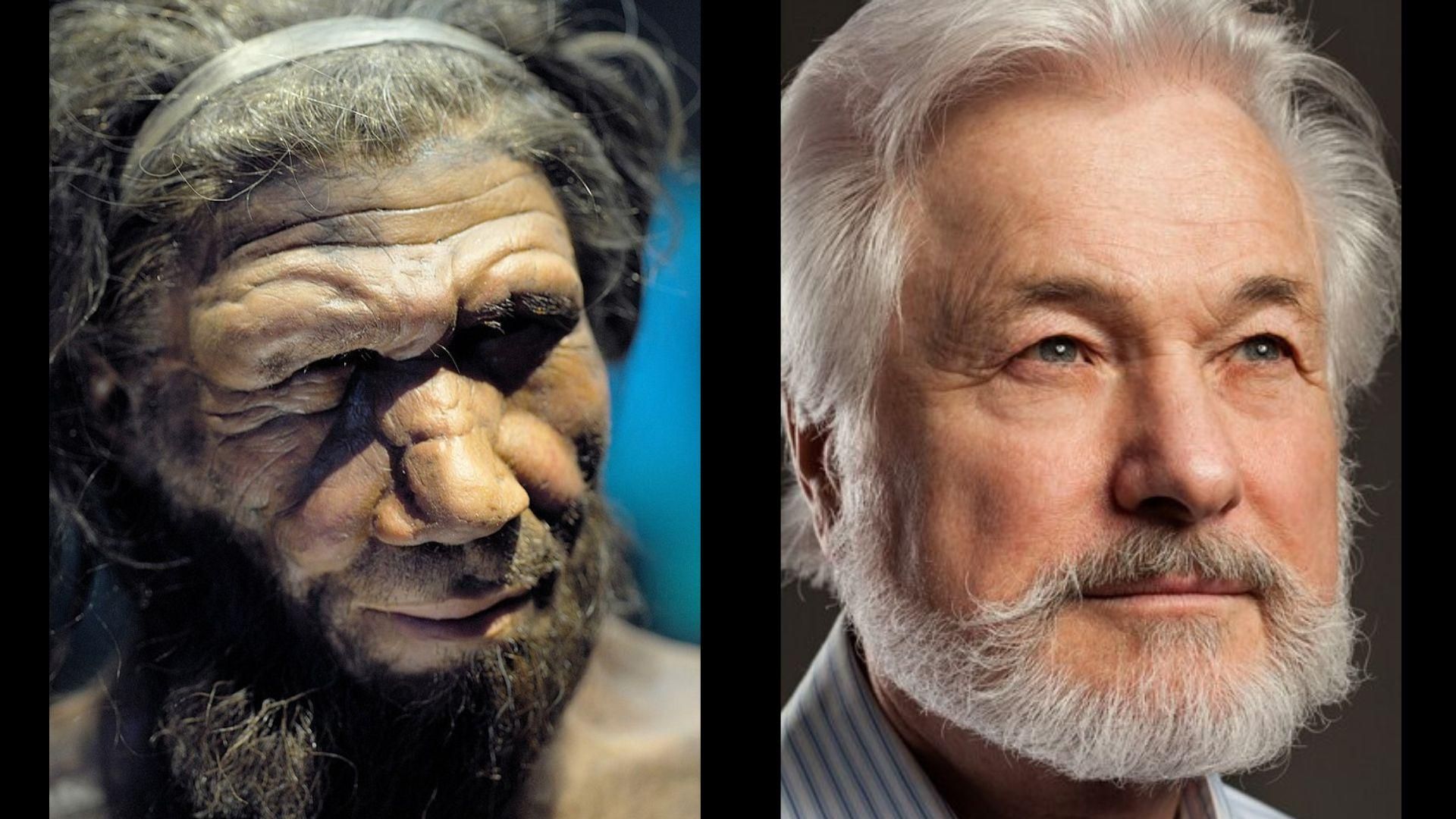
Source: Wikipedia/Freepik
However, Slimak argues that ancient Homo sapiens were “probably no match for Neanderthal populations and was in all likelihood intellectually inferior,” particularly in terms of creativity.
Intellectual Inferiority
Many scientists believe a combination of factors, such as climate change and low fertility rates, led to the extinction of Neanderthals.
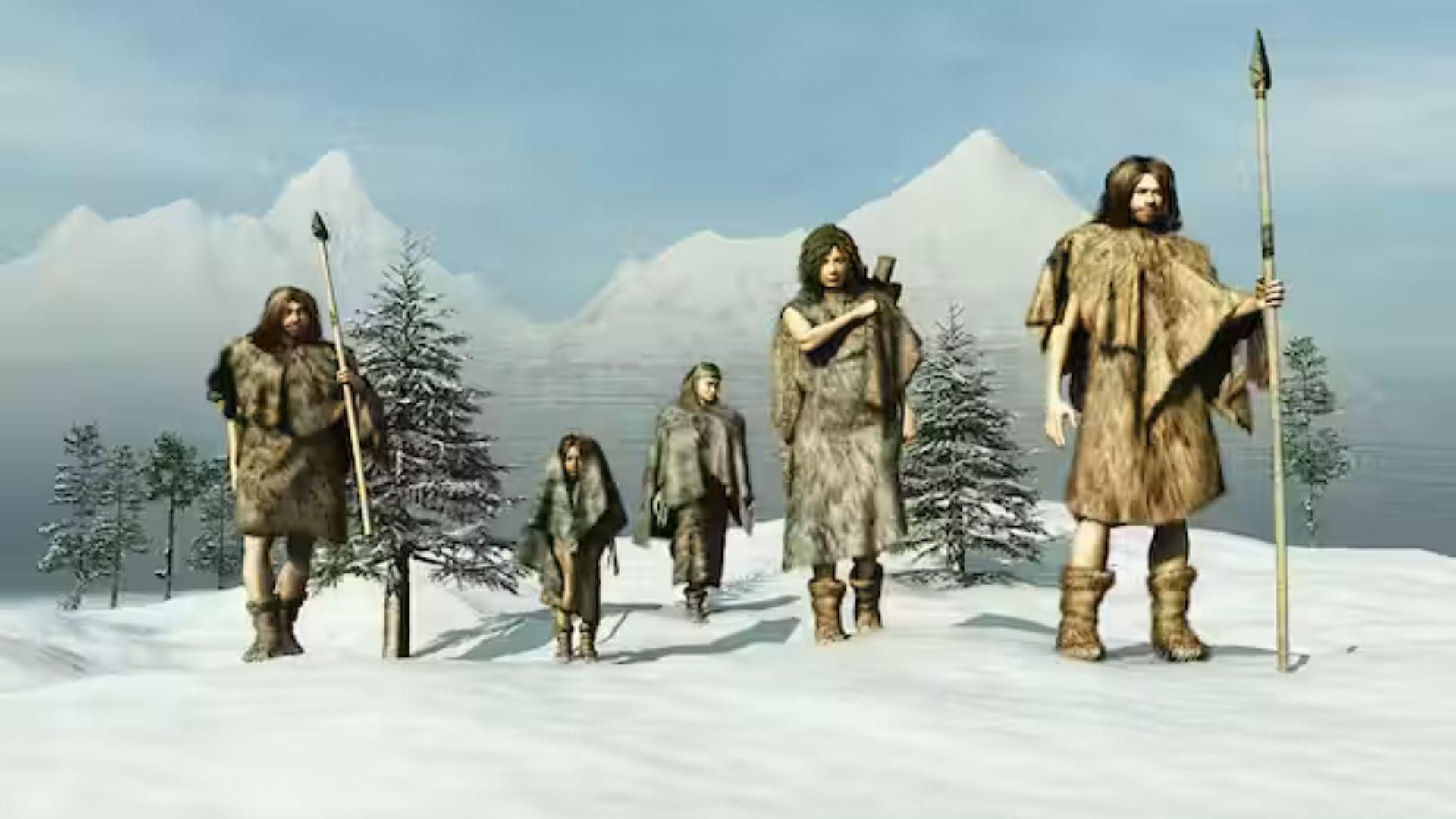
Source: Depositphotos
Slimak, however, attributes their demise to early humans despite their intellectual inferiority. He suggests that without human interference, Neanderthals might still exist.
Common Ancestor
Humans and Neanderthals shared a common ancestor dating back 550,000 to 750,000 years.
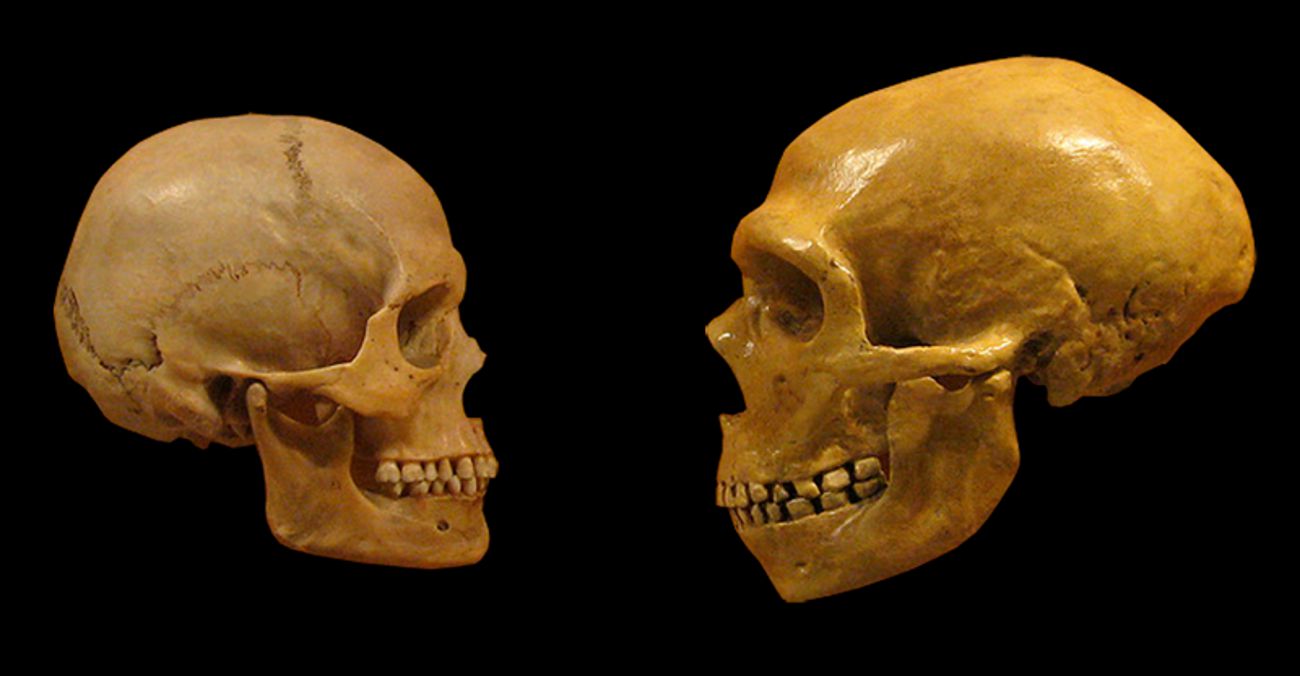
Source: Wikipedia
Neanderthals, with their muscular build, prominent brow, and less pronounced chin, spread into northwestern Europe, the Middle East, Central Asia, and Southern Siberia long before Homo sapiens.
Brought to Extinction
They thrived in these regions for hundreds of thousands of years until their extinction around 40,000 years ago.
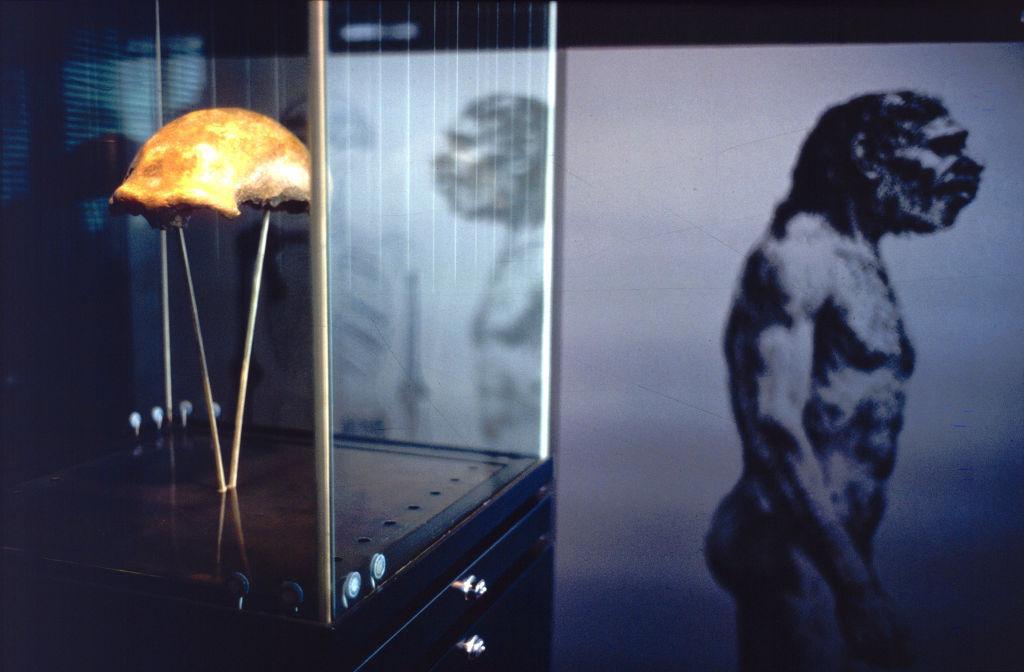
Source: Ernst Hass/Getty Images
Slimak’s hypothesis is based on his 2008 discovery in a Southern France cave.
Human-Neanderthal Encounter
By dating soot from various artifacts, he determined that humans and Neanderthals coexisted there around 54,000 years ago, marking the first evidence of a human-Neanderthal encounter.
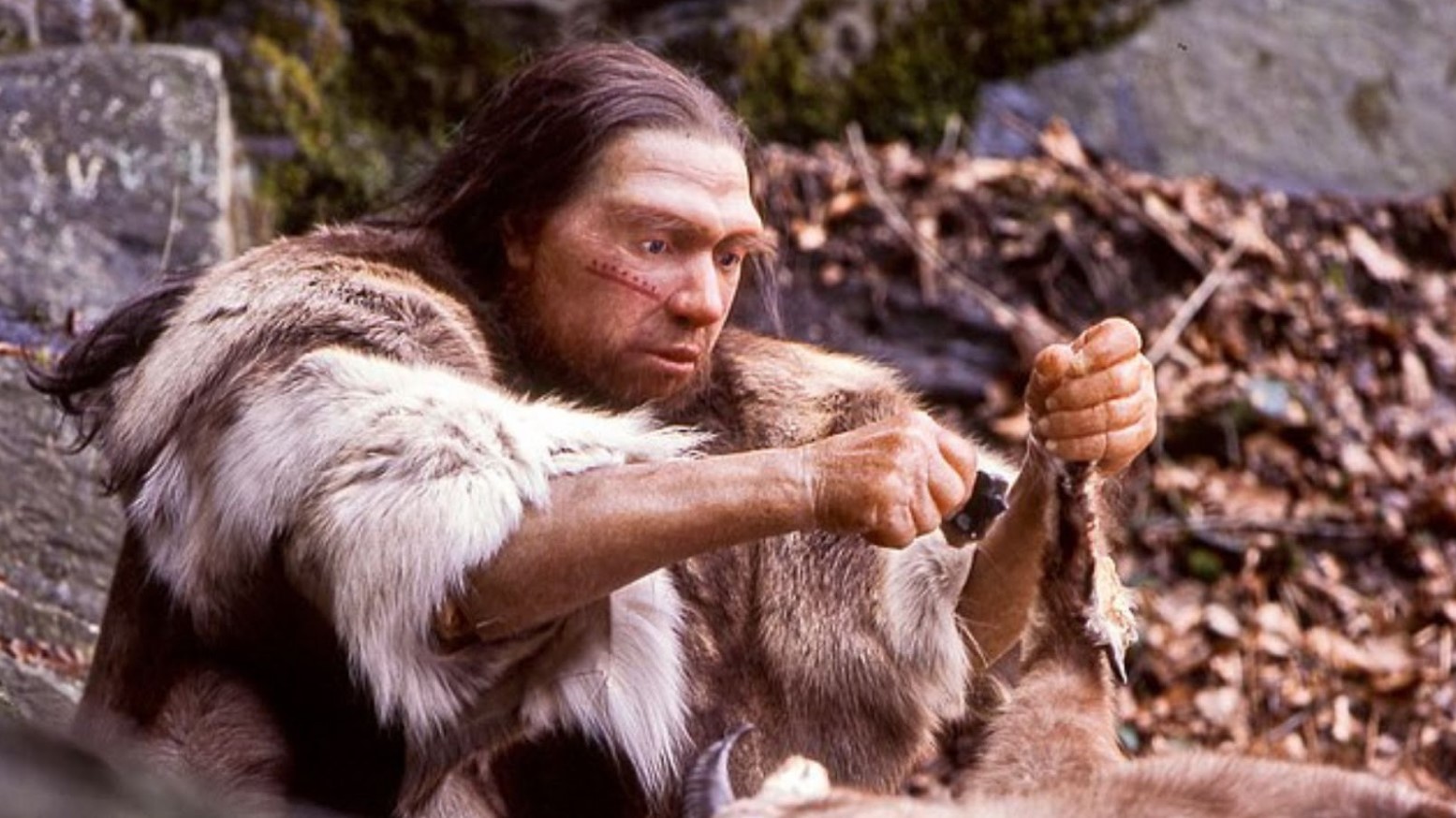
Source: Neanderthal-Museum/Wikimedia Commons
Although there is no direct evidence of conflict, Slimak suggests humans eventually replaced Neanderthals, as evidenced by humans being the final occupants of the cave around 44,000 years ago.
Fierce Competition
Nowell acknowledges that while direct competition or conflict might explain humans taking over Slimak’s studied site, “it may not be the case everywhere.”

Source: Paul Hudson/Flickr
Slimak notes that Neanderthals, though “excellent artisans” with remarkable creativity, could not compete with humans’ regimented weapon production, leading to their extinction. “Modern humans who colonized Europe produced weapons that were both more numerous and more effective,” he wrote.
More Research Needed
Although archaeologists haven’t found much direct evidence of Neanderthals and humans living together, genetic studies reveal that the two species interbred multiple times over thousands of years.
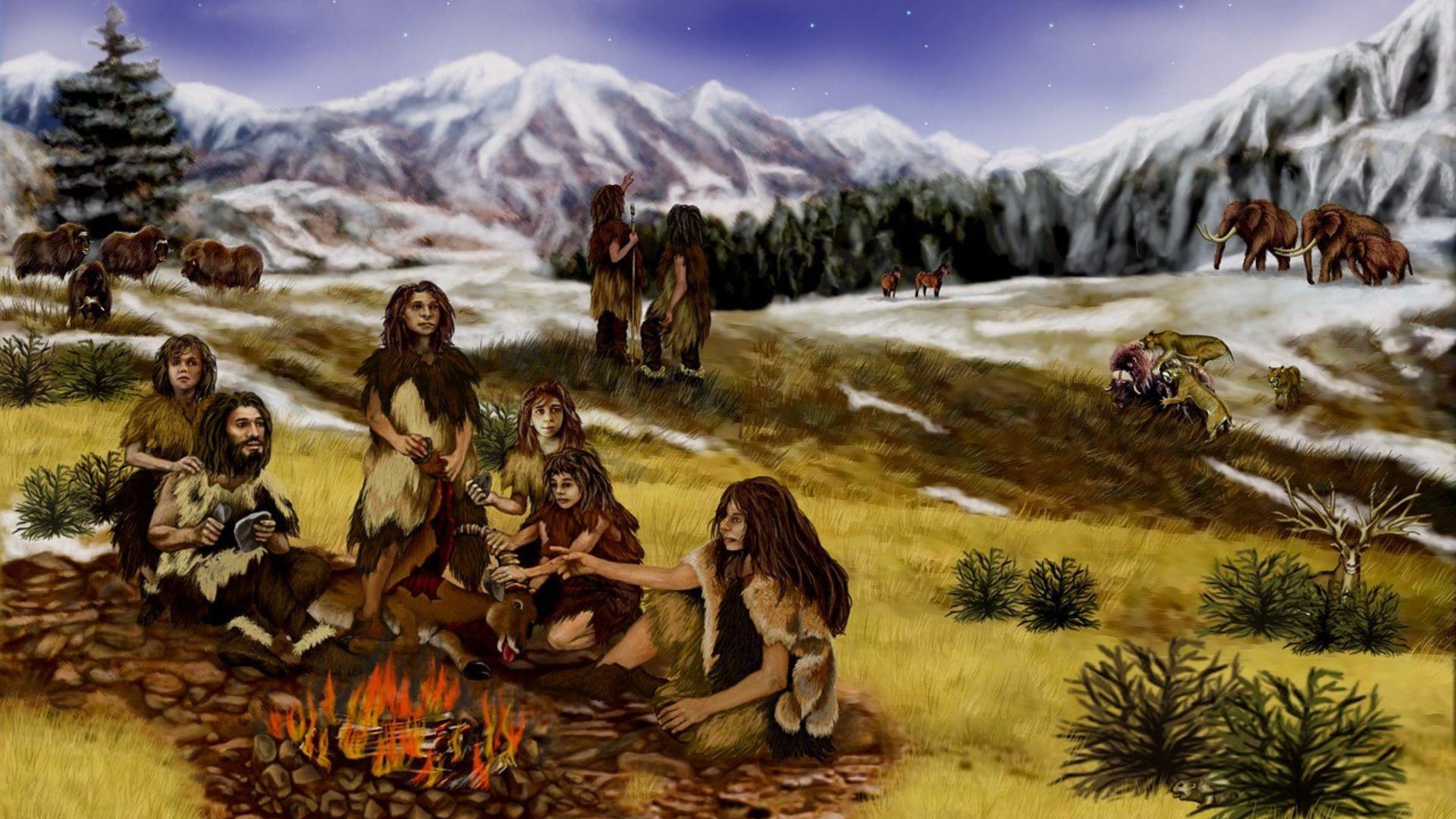
Source: 12019/Pixabay
However, genetic data does not reveal much about the nature of their interactions. More archaeological evidence, like Slimak’s cave, is needed.
Complex Timeline
Linking the timeline of humans’ first appearance and Neanderthals’ last presence in Europe is challenging due to the limitations of radiocarbon dating, which is most accurate up to around 50,000 years ago.
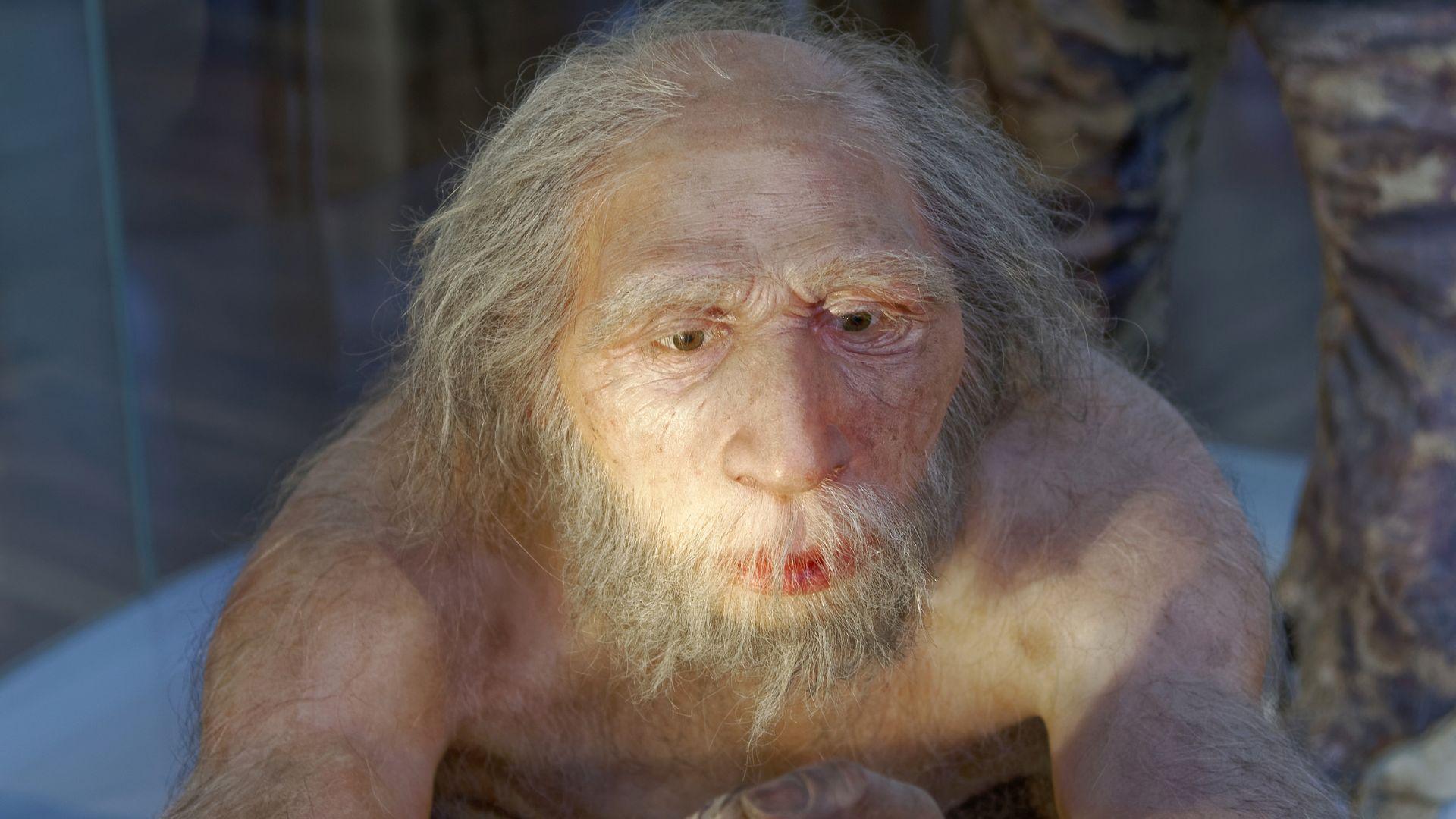
Source: Jakub Hałun/Wikimedia Commons
This coincides with the Neanderthals’ disappearance, complicating precise dating.
Evidence of Co-existence
In regions like France and Spain, evidence suggests humans replaced Neanderthals, but it’s unclear if they cohabited for 1,000 or 5,000 years.
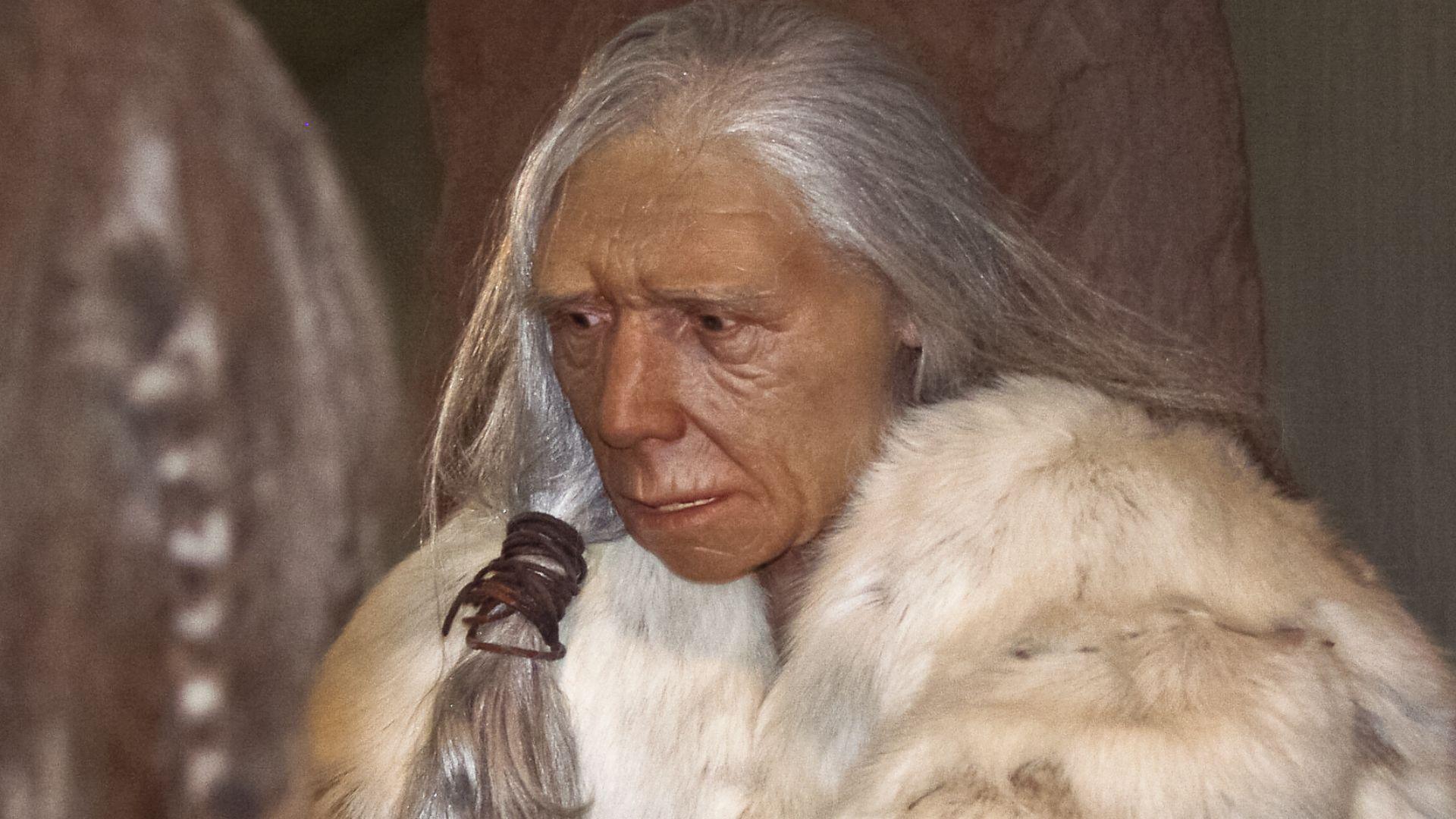
Source: Fährtenleser/Wikimedia Commons
If they coexisted for several millennia, their interactions were likely more complex than a simple conquest.
Challenging Times
Nowell points out that many archaeologists consider Homo sapiens more creative, as they adapted to new environments, which could have led to conflict.
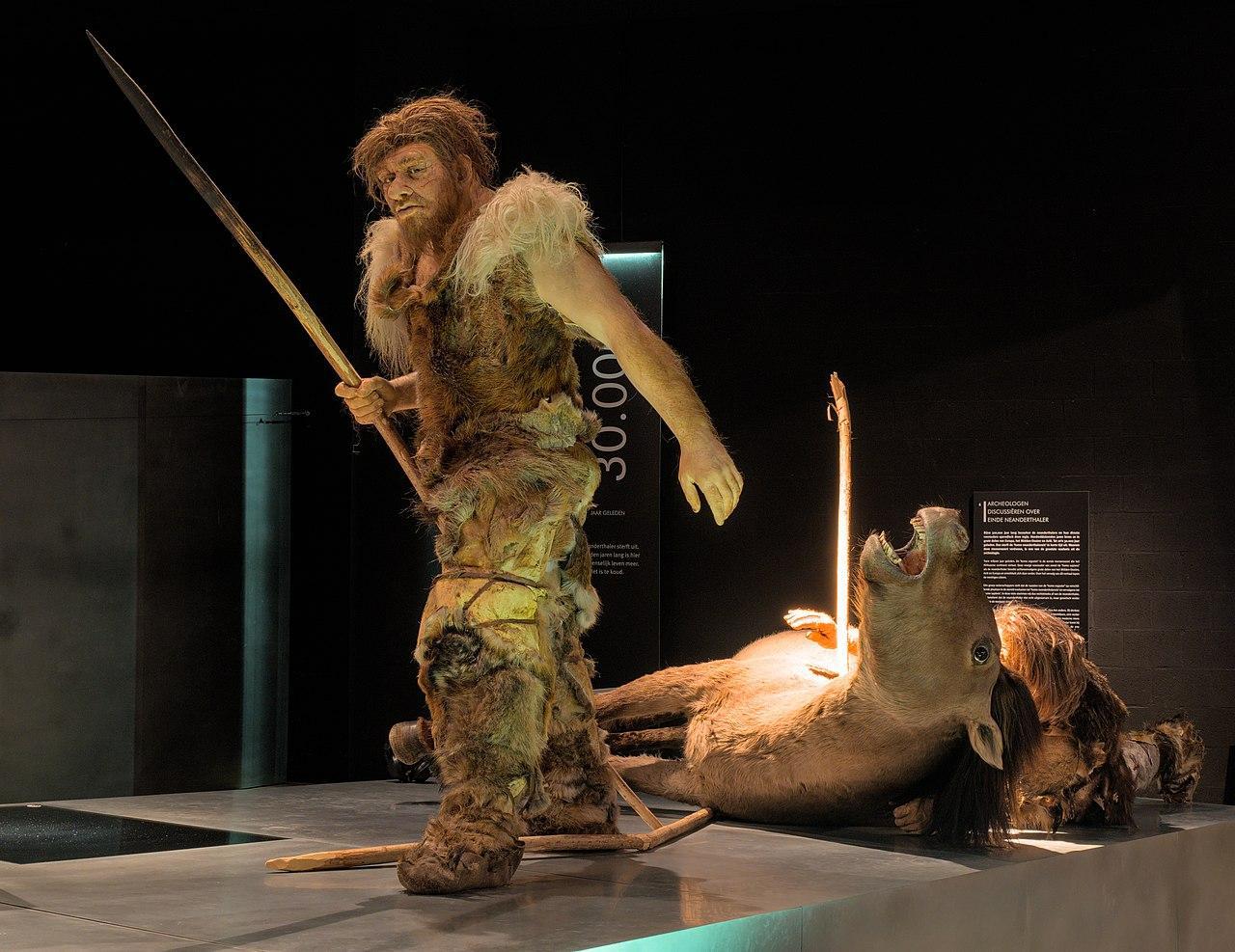
Source: Wikimedia
However, human colonization is not the sole reason for Neanderthals’ extinction. Neanderthals were already facing population decline and genetic issues when humans arrived, with climate change adding to their challenges.
Disappearance of Neanderthals
Slimak, however, emphasizes the impact of humans, stating, “We can argue endlessly about dates, climate, or this or that other factor, but we have to accept that we are faced with a clear and radical replacement of population.”

Source: Abraham/Wikimedia Commons
He concludes that Neanderthals disappeared from the archaeological record with the arrival of Homo sapiens.
